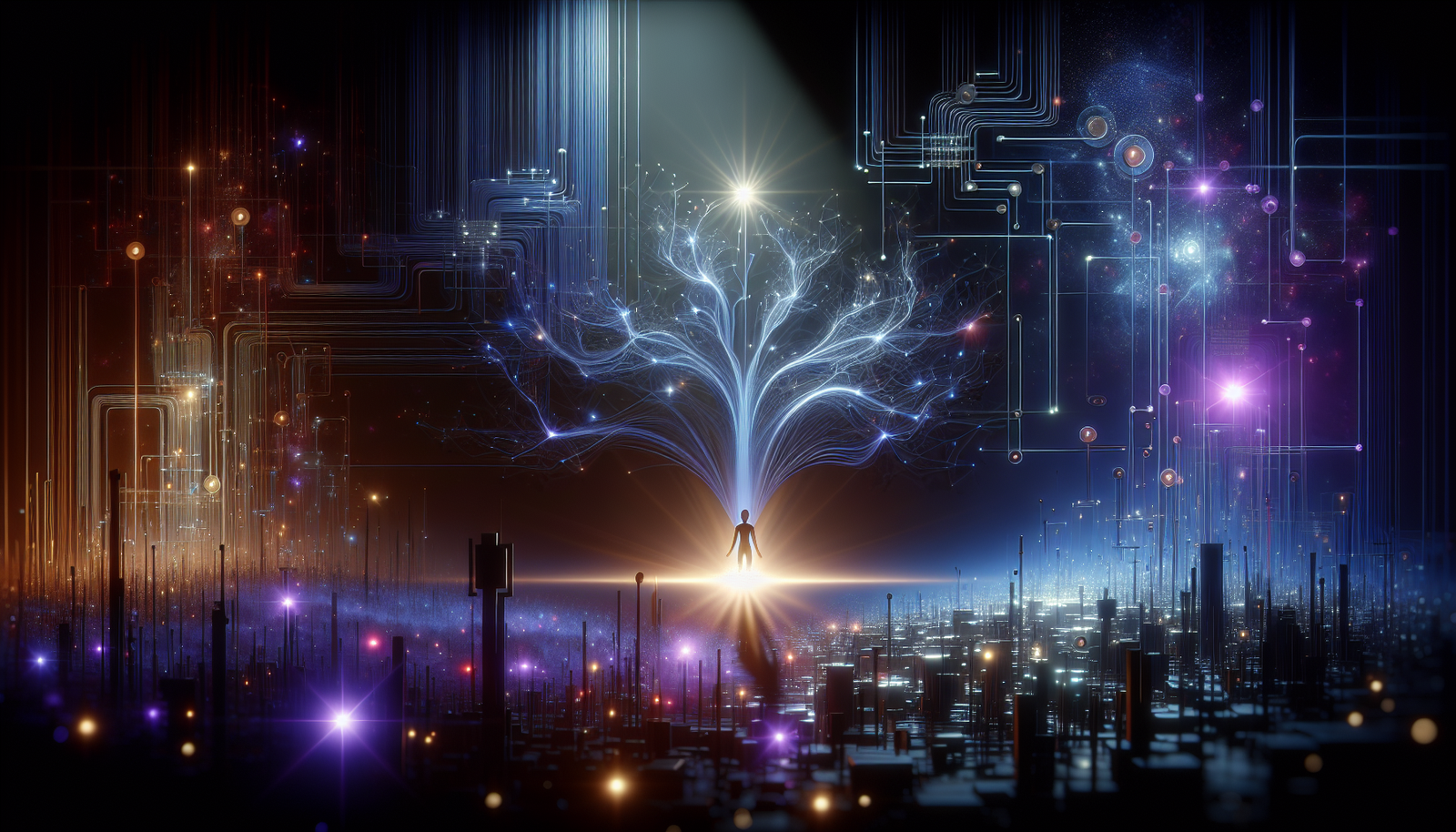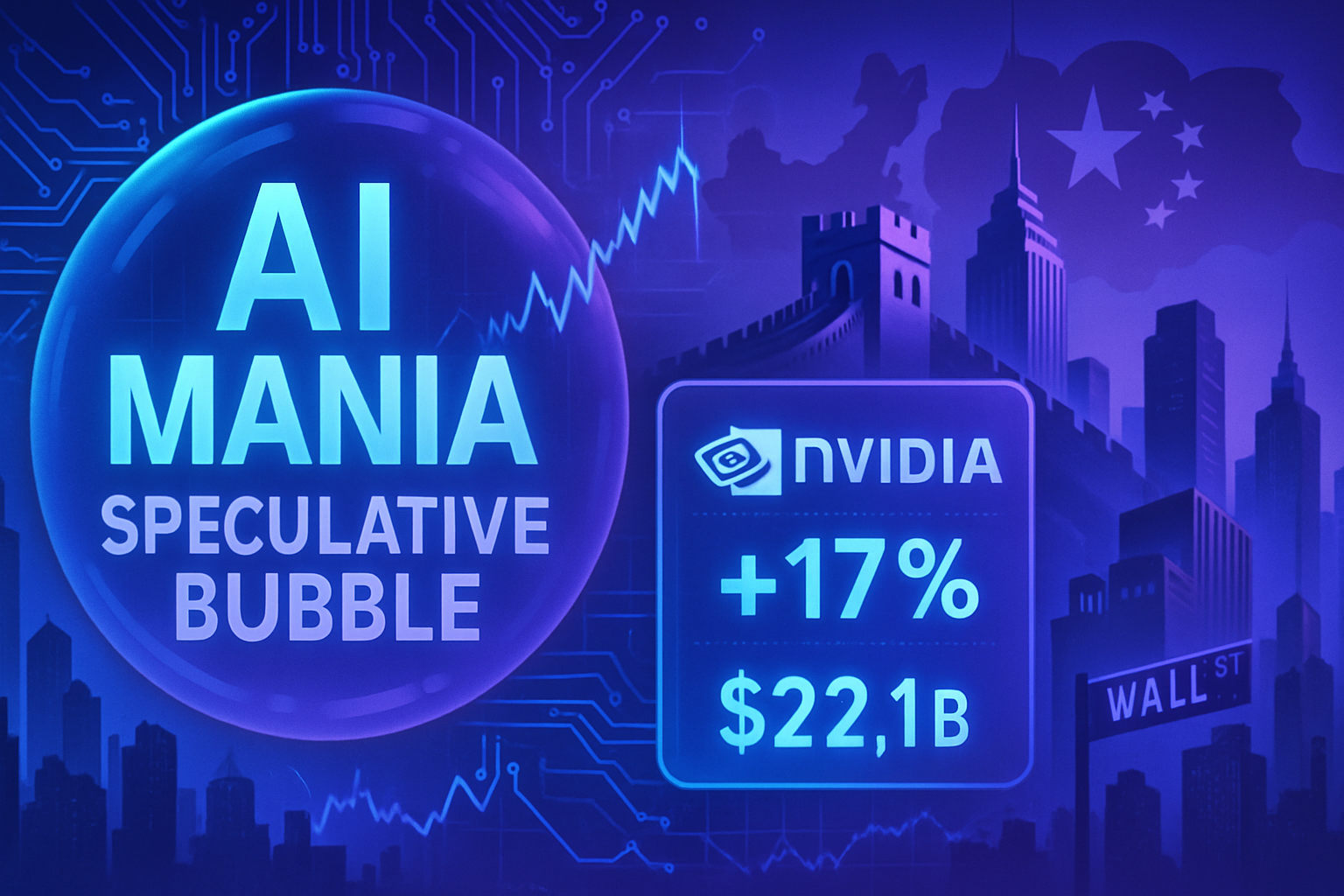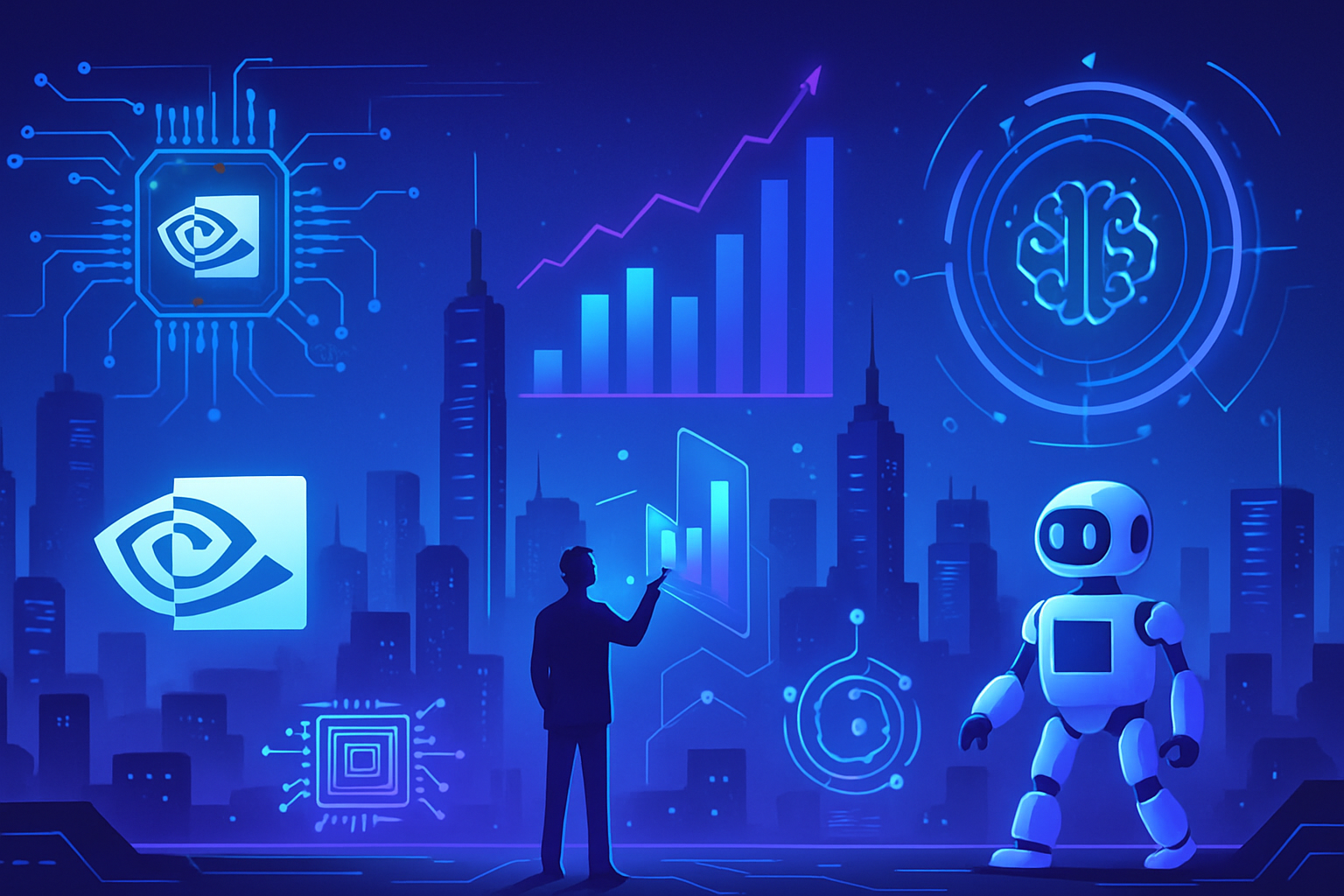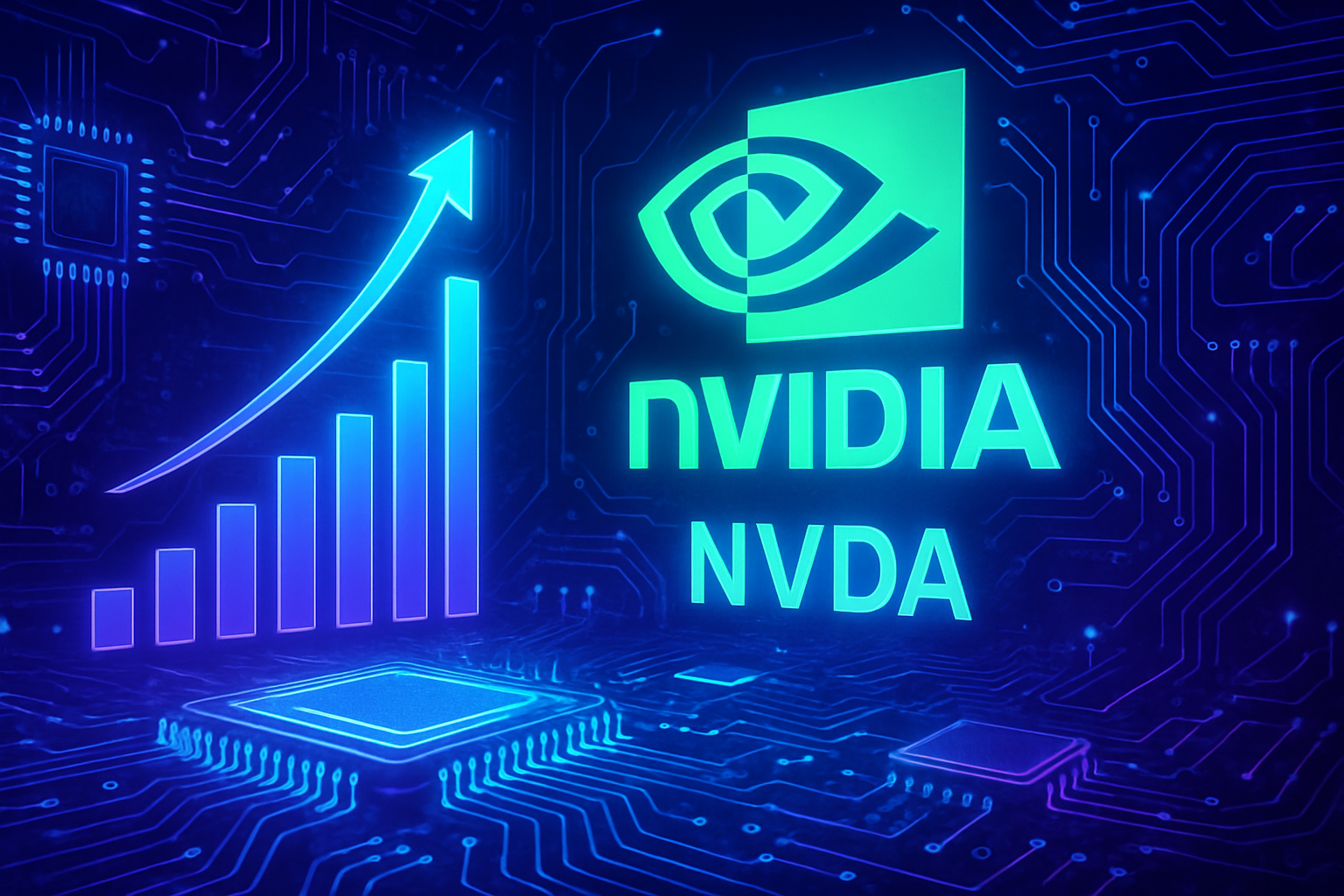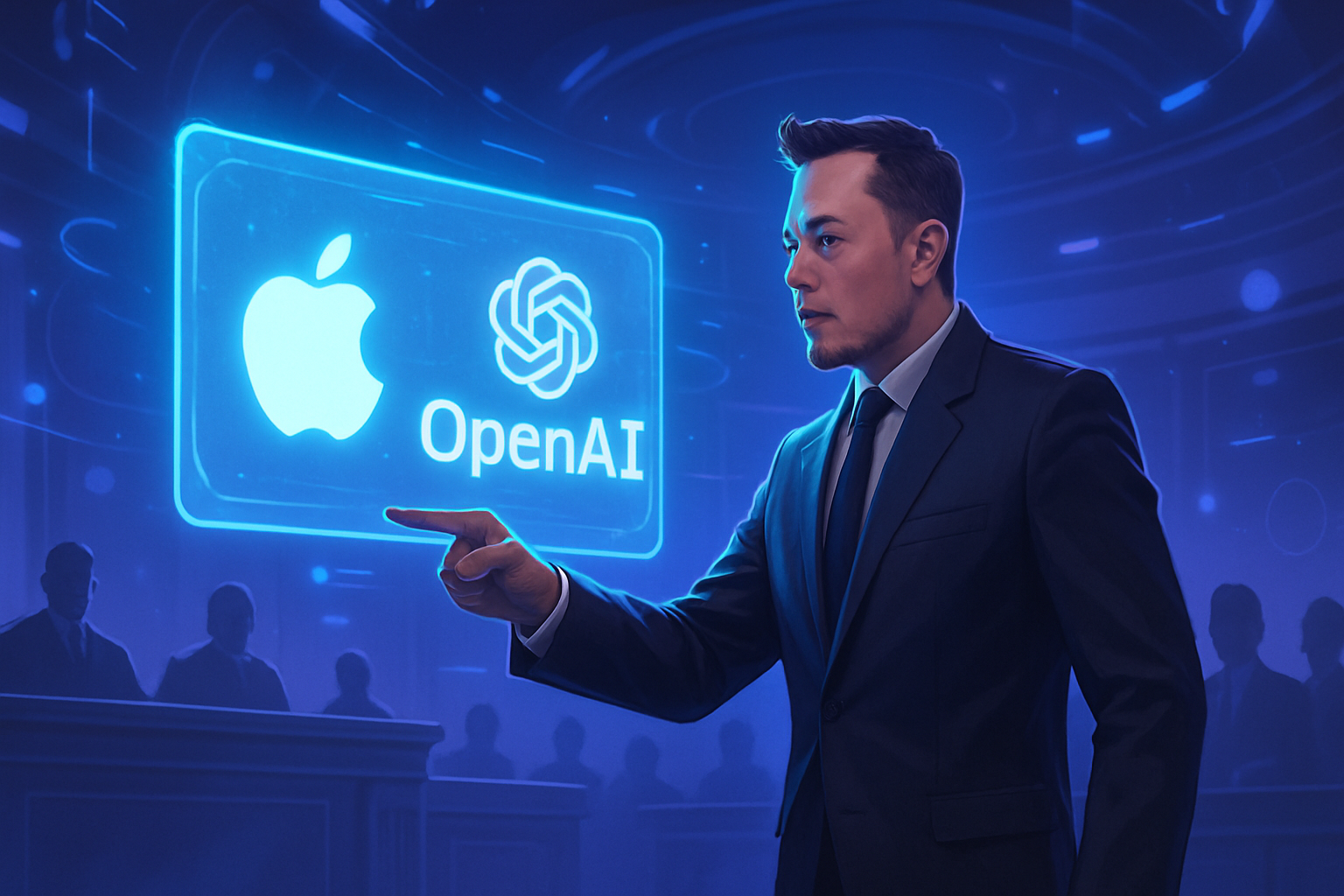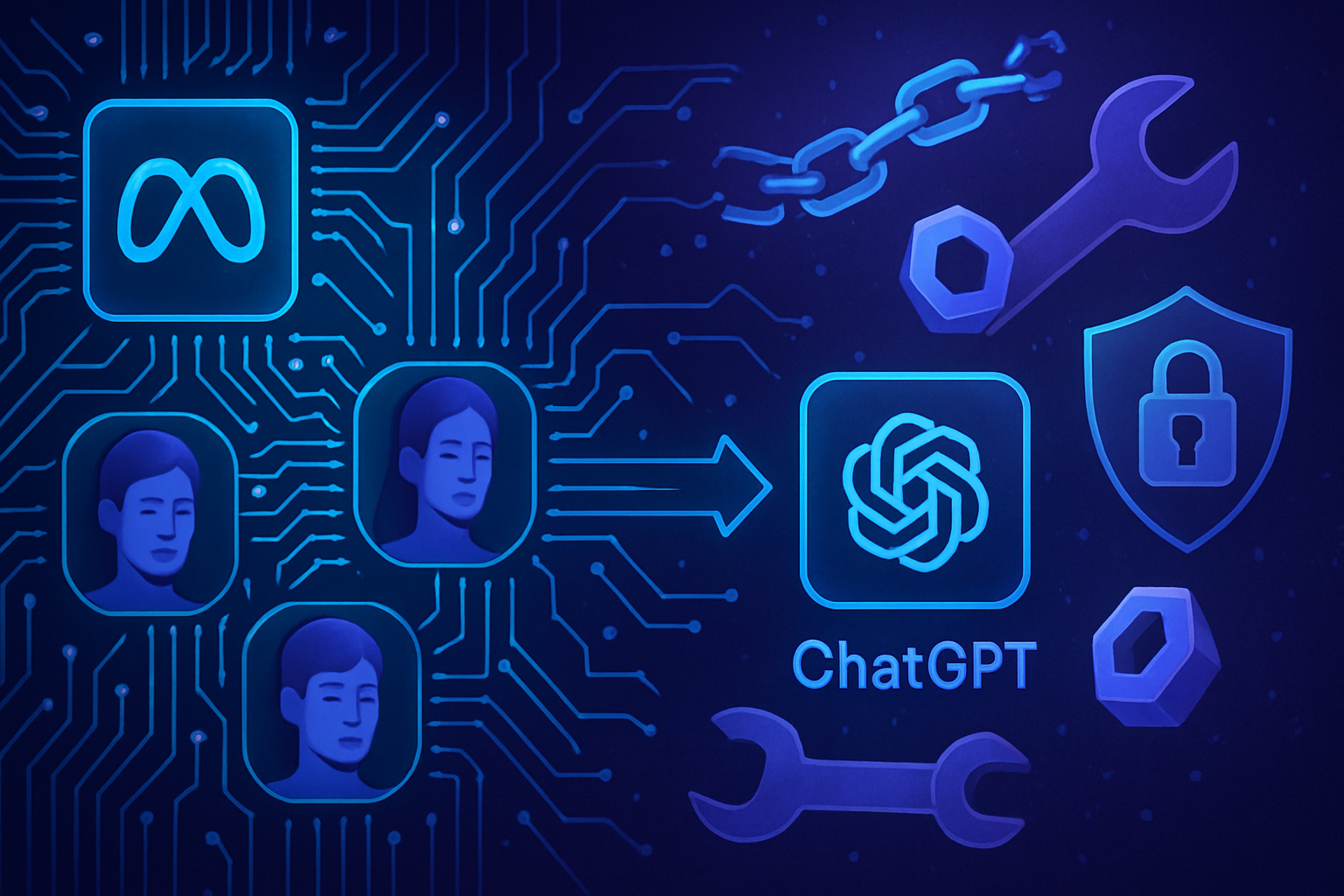The rise of neural networks is revolutionizing computer vision and object detection, especially in low-light conditions. The ability to analyze poorly lit environments opens up unimaginable prospects, transforming challenges into opportunities. Scientific advancements in this field provide powerful tools capable of overcoming traditional limitations.
Detection systems, once hindered by unfavorable lighting, now see their effectiveness optimized, thanks to sophisticated and innovative algorithms. Current research reveals impressive and elegantly integrated solutions, enabling machines to operate in varied and complex contexts. This technological turning point redefines the standards of automation and artificial intelligence.
Advancements in Computer Vision
Computer vision, a subfield of artificial intelligence, has recently experienced spectacular progress through the use of convolutional neural networks (CNNs). These allow machines to interact with their visual environment more accurately and efficiently. One of the major challenges remains the detection of objects in low-light conditions, a problem that researchers are tackling with determination.
The Challenges of Fiducial Markers
Fiducial markers, used in robotics such as the Boston Dynamics Atlas, facilitate navigation and object detection. These codes, often comparable to QR codes, play a central role in the positioning and orientation of robots. Traditionally, machine vision methods struggle to function properly when lighting conditions are unfavorable, limiting the effectiveness of these systems in poorly lit environments.
The Breakthrough of Neural Networks
A team of researchers from the University of Córdoba has made a significant advancement. They developed a system capable of detecting and decoding fiducial markers even in difficult lighting conditions. Thanks to their research, the flexibility of neural networks allows for adaptation to light variations, thus offering a solution to the challenges posed by darkness.
The Improvement Process
The intervention process consists of three essential steps: detecting the markers, refining the corners, and decoding them. Each step relies on a distinct neural network, thus optimizing the entire method. This systematic approach transforms old limitations into a new era of precise detection.
Practical Applications and Availability
The data generated to train this model includes synthetic environments that replicate unfavorable lighting conditions. This data is available as open source, allowing other researchers to introduce this technology into their own work. The code is now available, facilitating the use of the system for various applications.
A Significant Change for Machine Vision
The potentially transformed applications offered by these innovations are countless, especially in fields such as logistics, security, and automation. The progress made represents a capital advancement toward machine vision systems capable of functioning independently of lighting constraints. This evolution energizes the prospects for the future of robotics and artificial intelligence.
Brief Overviews of Previous Research
Previous work addressed similar problems without ever fully resolving the challenges associated with low light. Earlier studies focused on optimizing algorithms in well-lit conditions, thus leaving work on dark environments in suspense. This research represents an unprecedented advancement, opening new prospects for machine vision systems.
Research and Its Impact
The potential of these discoveries extends far beyond robotic applications. The impact of advancements in machine vision could revolutionize sectors such as healthcare or industry. There is also increasing interest in the security field, especially through significant improvements in object identification capabilities in challenging environments.
Links to Related Research
The ramifications of such innovations flood the modern scientific landscape. For example, the potential impacts of Nobel prizes raise important discussions about the evolution of research in artificial intelligence. Researchers are striving to improve the energy efficiency of neural networks, bringing them closer to the performances of biological brains. Furthermore, the analysis of neural networks continues to raise key questions about their future use.
Future Perspectives
Advancements in machine vision and their implementation could profoundly influence how robots interact with their environments. This innovative research initiates a shift toward smarter and more adaptable systems, breaking free from lighting limitations. Applications in healthcare and security will undoubtedly also benefit from increased accuracy in future interactions with autonomous systems.
Questions and Answers About Neural Networks and Their Impact on Computer Vision
What is a neural network and how does it work in computer vision?
A neural network is a model inspired by the functioning of the human brain that allows machines to learn from data. In computer vision, it processes and analyzes images to detect objects or recognize patterns, improving over time through supervised or unsupervised learning.
What are the advantages of neural networks in object detection in low light?
Neural networks offer better flexibility and robustness in challenging lighting conditions, enabling them to detect and decode fiducial markers accurately, even in the presence of shadows or low light levels, which was not possible with traditional methods.
How do neural networks improve the accuracy of object detection compared to classical techniques?
Neural networks use advanced deep learning algorithms, allowing them to learn complex features of visual data. Unlike classical methods that rely on rigid models, they adapt to variations in light and texture, providing better accuracy in varied environments.
What challenges have been overcome through the use of neural networks in computer vision?
The main challenges include object detection under extreme lighting conditions, such as low light or shadows. Recent studies highlight how neural networks have been designed to overcome these limitations, making the technology much more reliable.
Is neural network technology accessible for professional applications?
Yes, the technology is now accessible thanks to open-source frameworks, code libraries, and pre-trained models, allowing businesses to easily integrate it into their computer vision systems, even without in-depth expertise in artificial intelligence.
What types of applications benefit from the advancements in neural networks in computer vision?
Application areas include robotics, logistics, security, industrial automation, and surveillance systems. Each sector uses these advancements to optimize efficiency and safety under varying lighting conditions.
What are the key steps in the object detection process using neural networks?
The detection process includes three main steps: detecting the marker, refining the corners to improve accuracy, and finally decoding the marker, each of these steps relying on distinct neural network models to maximize efficiency.
Does training a neural network model require specific data?
Yes, training an effective model relies on creating a synthetic dataset that simulates varying lighting conditions. This allows the model to learn to manage real-world situations while also utilizing data collected in actual environments.
